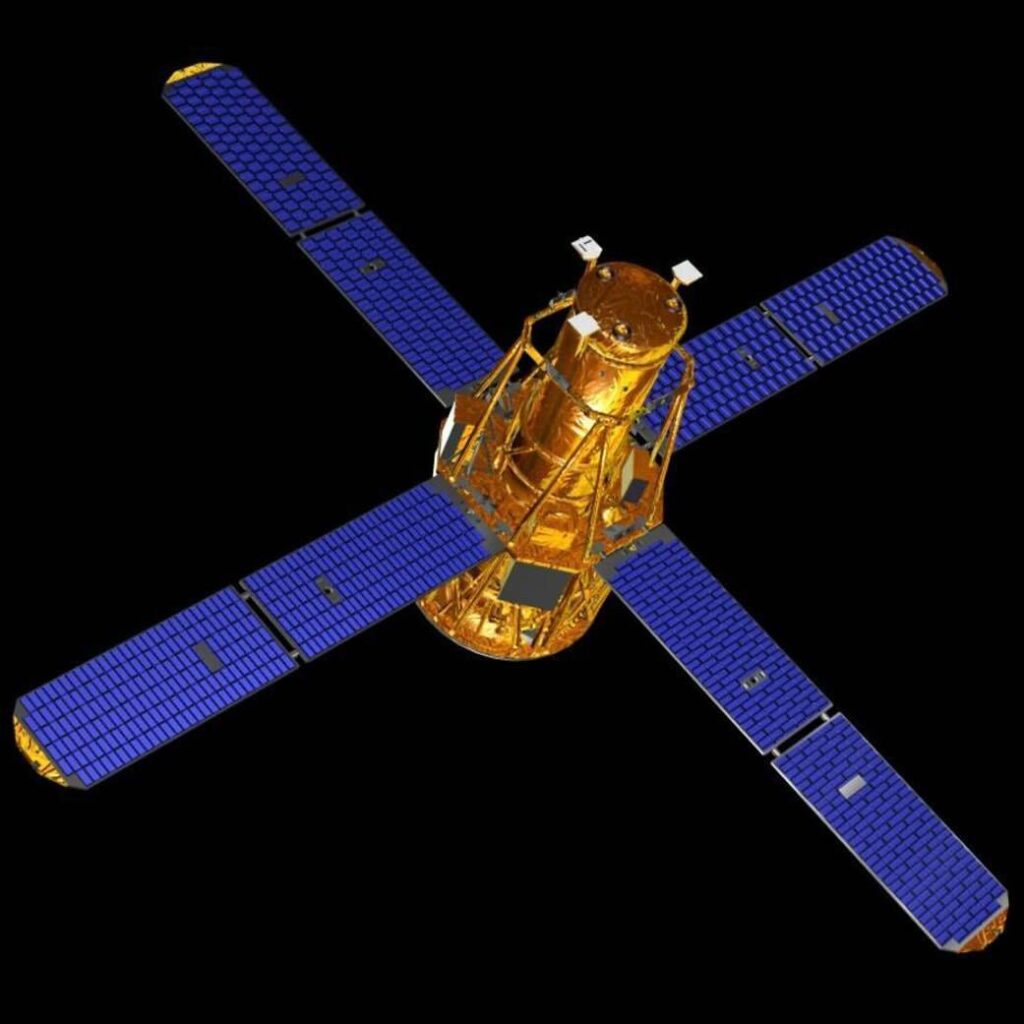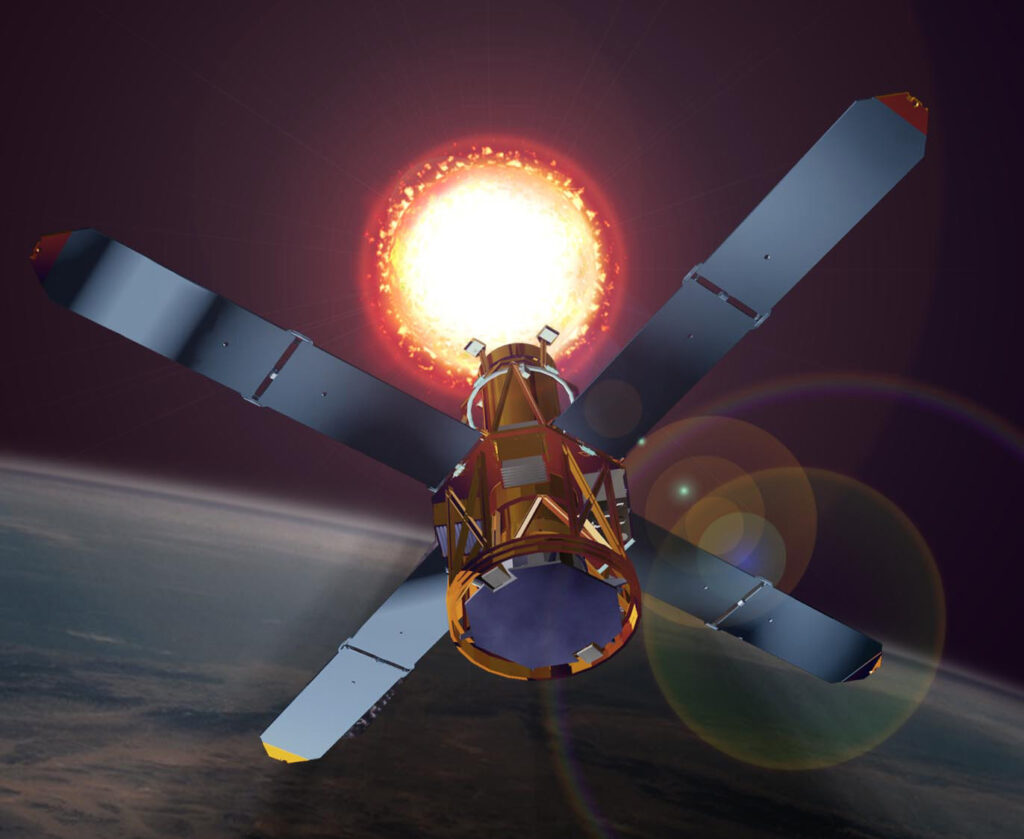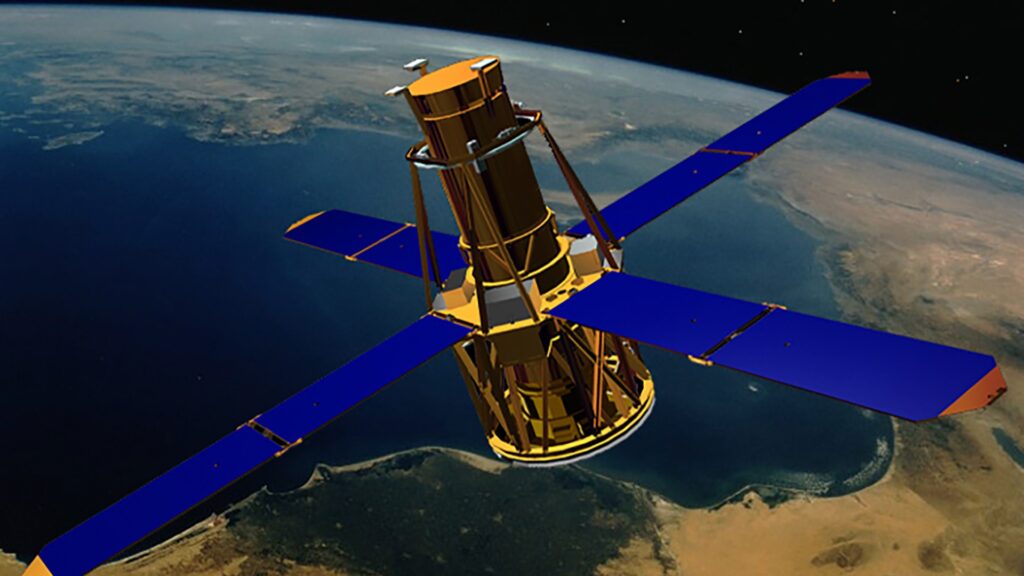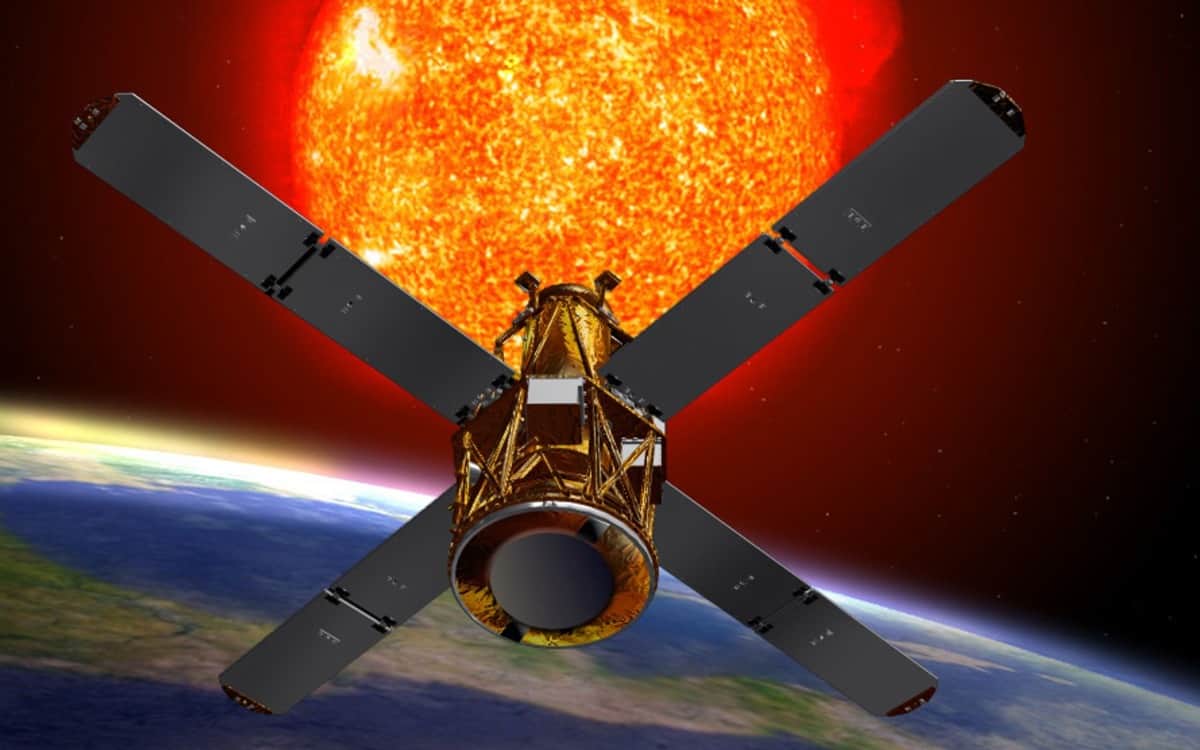Dead NASA satellite could potentially hit Earth… today
Published on Apr 19, 2023 at 12:14 PM (UTC+4)
by Alessandro Renesis
Last updated on Apr 20, 2023 at 2:01 PM (UTC+4)
Edited by
Kate Bain
A dead NASA satellite is expected to reenter Earth’s atmosphere at 9 PM ET on Wednesday April 19, 2023.
The space agency anticipates most of the spacecraft will burn up as it travels through the atmosphere.
However, in a statement on its website, NASA conceded that “some components are expected to survive reentry”.


READ MORE: History is made as the most powerful telescope ever made by NASA captures a galaxy from 4.6 BILLION years ago
The satellite in question is the Reuven Ramaty High Energy Solar Spectroscopic Imager – or RHESSI for short.
First launched in 2002, it was named after a Hungarian physicist who worked at NASA for 30 years and designed to remain operational for 16 years.
This is actually a history-making satellite as it was able to capture gamma-ray images of solar flares for the first time ever.

In 2018, the satellite began experiencing engine failures (as expected, and predicted) and that’s when NASA decided to retire it.
The satellite spent the next four-odd years wandering aimlessly in space, and it is now ready, err, to come back home.
To put it bluntly, this satellite is a ‘big boy’, tipping the scales at over 640 lbs (293 kg).
According to NASA, this prediction is accurate “with an uncertainty of +/- 16 hours”, meaning the satellite could potentially reenter atmosphere at any given moment between now and tomorrow.
The space agency notes that the “risk of harm coming to anyone on Earth is low – approximately 1 in 2,467”.
That’s the ‘good’ news.
The bad news is NASA cannot predict where exactly the satellite will land.
About RHESSI
Built at Goddard Space Flight Center in Maryland, RHESSI’s mission was to explore and possibly capture images of solar flares.
It is powered by a combination of batteries and solar panels.
NASA says the whole point of a satellite such as this one is that it can operate in environmental conditions that are impossible to replicate in a lab on Earth.
DISCOVER SBX CARS: The global premium car auction platform powered by Supercar Blondie






